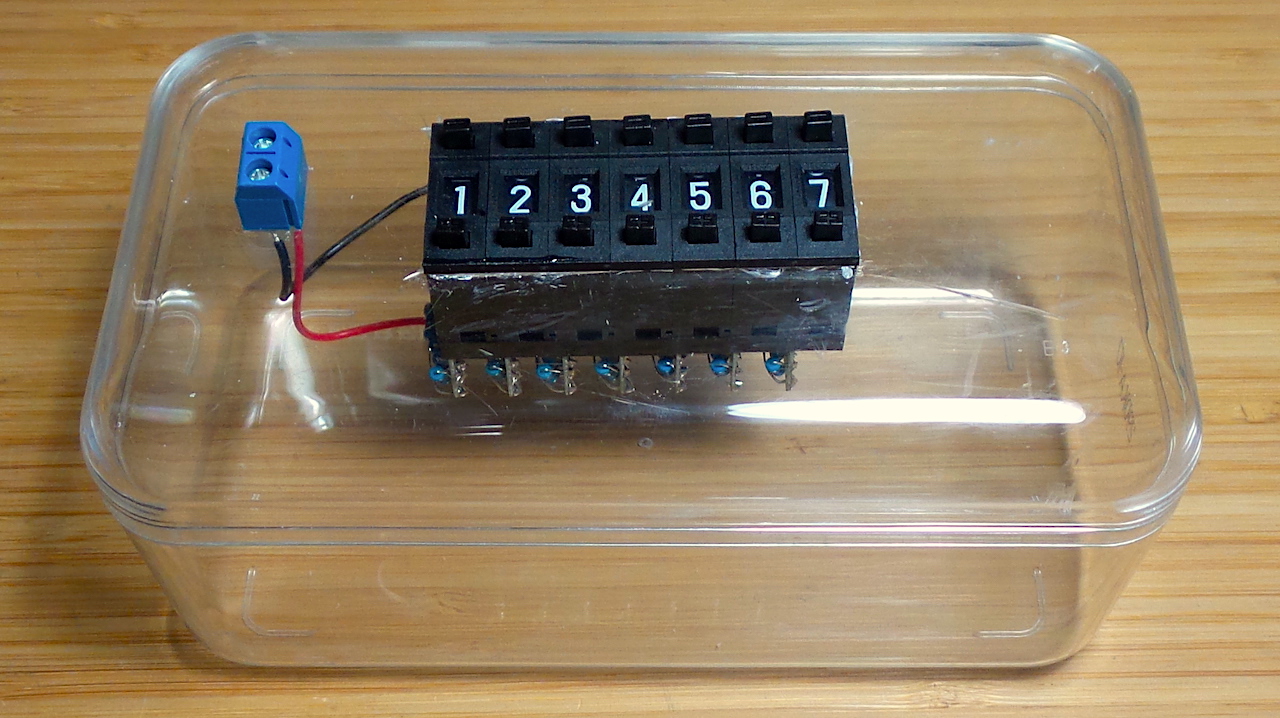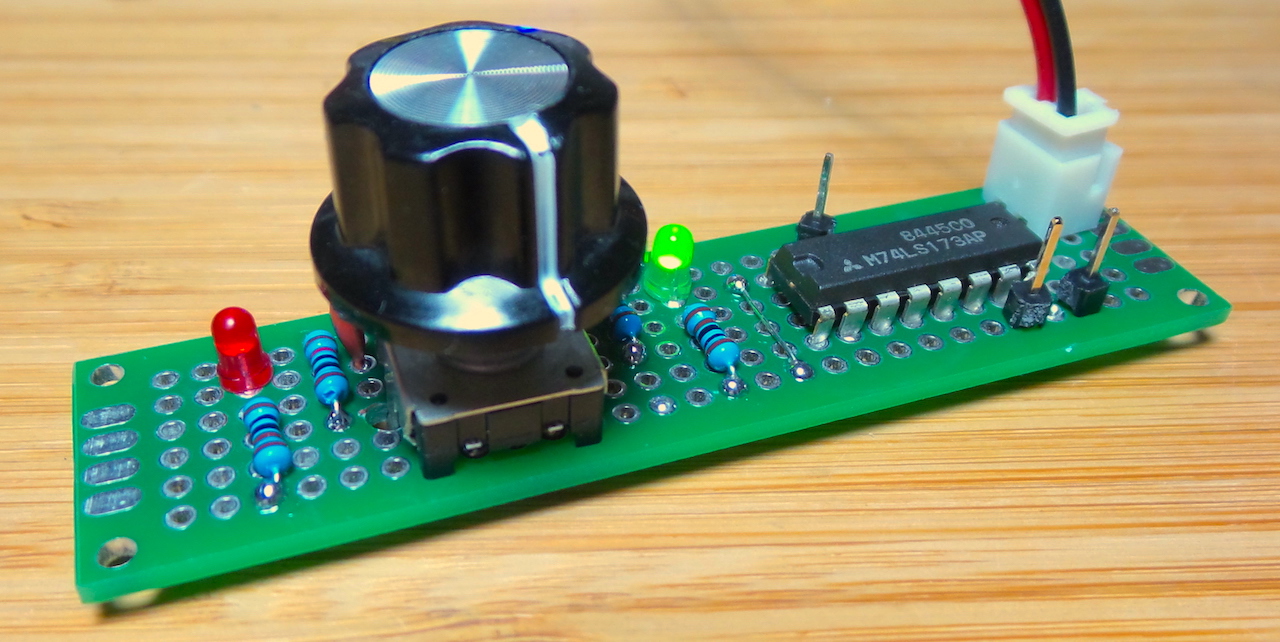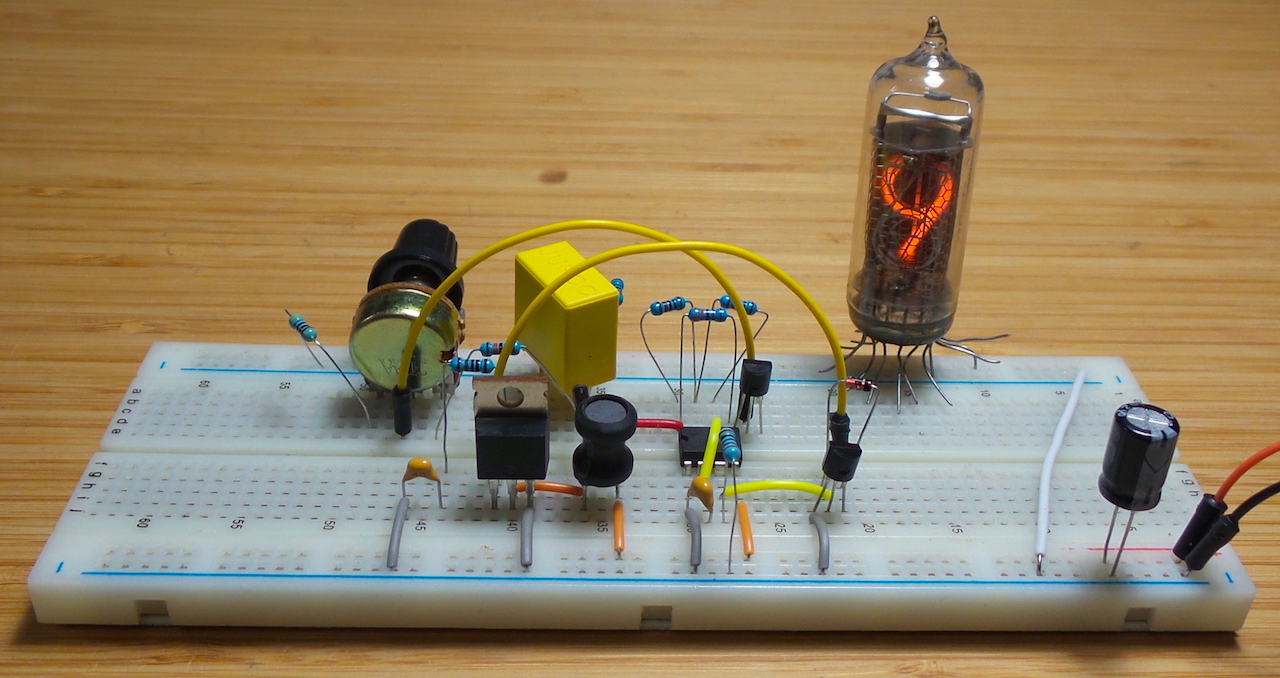LEAP#416 Simple Line-follower
Here’s a neat little line-tracking car kit that’s widely available from the usual online sources. There are a number of variations around, but they all share the same essential control circuit.
It is a simple example of the most basic class of Line Follower Robots, using an op-amp comparator as the “brain” to take feedback from left and right light-dependent resistors to control left and right motors accordingly.
If you know someone just getting into electronics and looking for something a little more challenging than soldering an LED blinky, then this kit would be a great next step. It’s hard to get wrong, introduces a few more exotic components, and it’s usually available cheap enough to be a nice stocking stuffer. Most importantly - it actually works!
As always, all notes, schematics and code are in the Little Electronics & Arduino Projects repo on GitHub
And if you want to watch it go round a test track for 30 seconds, be my guest … ;-)
read more and comment..
LEAP#415 Testing Nixies with a 555
I found some Nixie tubes at a reasonable price and snatched them up. I’m sure there’s a project waiting for them, I just haven’t figured out what it will be yet - a clock is a bit obvious!
But first to test them out, and I stumbled across a few boost power supplies using a 555 timer. While these may not be the efficient or precise for a “real” circuit, they are certainly interesting enough for a quick test.
And it works quite nicely on a breadboard!
As always, all notes, schematics and code are in the Little Electronics & Arduino Projects repo on GitHub
read more and comment..
LEAP#414 7-Digit Decade Resistor Box
Finding some neat pushwheel/thumbwheel decade switches seemed like all the excuse I needed
to build a 7-digit decade box/decade programmable resistor
.. an old-fashioned bit of test equipment, allowing an arbitrary resistance to be dialed up to order.
As always, all notes, schematics and code are in the Little Electronics & Arduino Projects repo on GitHub

read more and comment..
LEAP#413 Rotary Encoder Digital Logic
Incremental Rotary encoders typically provide quadrature output on two pins:
LEAP#118 RotaryEncoderMethods demonstrates various ways of using a rotary encoder with an Arduino, but I’m inspired to throw away the microcontroller for a more basic demonstration after reading Experiment 101: Rotary Encoders from ARRL Hands-on Radio (Vol 2).
This project demonstrates a forward/reverse LED indicator using simple digital logic and a mini rotary encoder.
As always, all notes, schematics and code are in the Little Electronics & Arduino Projects repo on GitHub

read more and comment..
